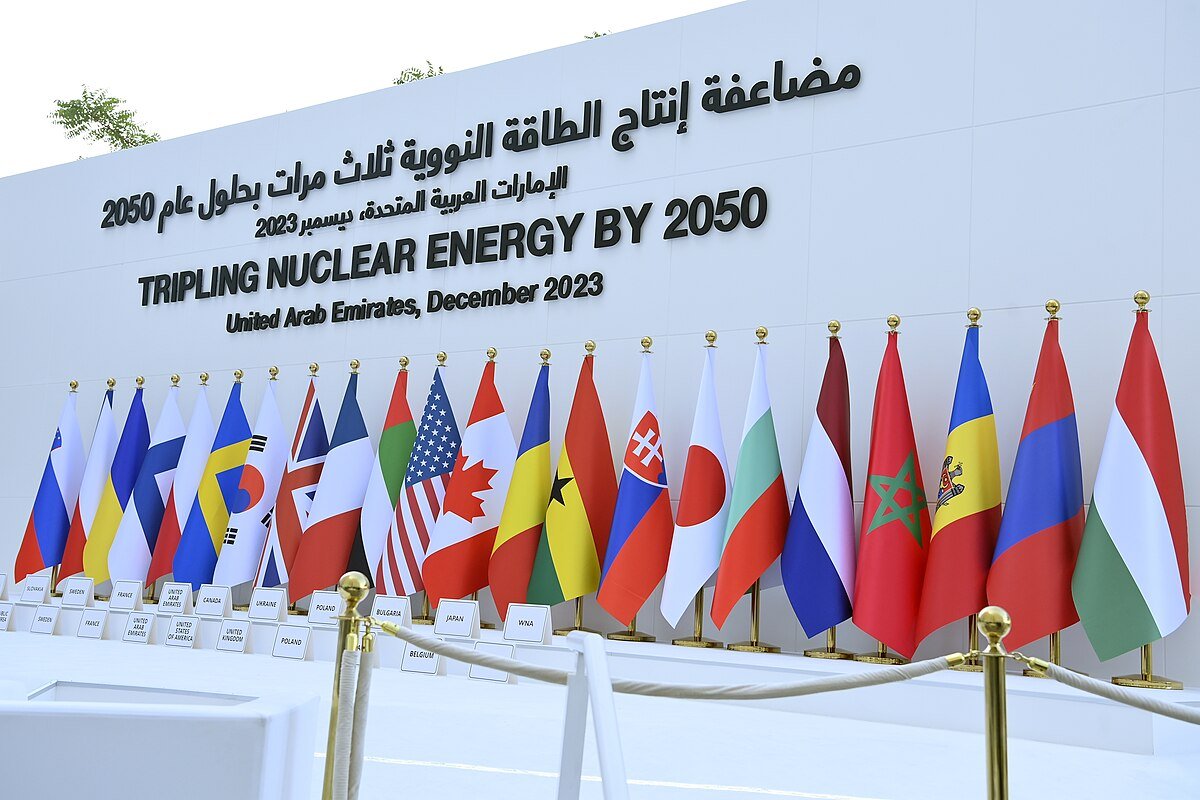COP28 Climate Summit: Charting the Course for Global Sustainability
As the world grapples to address climate change, global leaders convene in the 28th Conference of the Parties to reaffirm commitments, negotiate agreements, and chart a path towards a sustainable future.
In the wake of an unprecedented year marked by climate records and extreme weather events, activists and diplomats from 197 participating nations plus the European Union gathered in the United Arab Emirates to address global commitments required to mitigate the impacts of climate change. This year global temperatures averaged 1.4 degrees Celsius above pre industrial times emphasizing the failure to meet the Paris Agreement’s targets to limit global warming to 1.5 degrees Celsius above pre industrial levels.
The choice of the UAE, one of the top oil producing nations, as the host city set a backdrop of controversy. The election of Sultan Al-Jaber, CEO of the nation’s oil company, further fueled the contentious atmosphere. Questions were posed about the extent to which oil producing nations are willing to reconcile their economic reliance on fossil fuels.
Despite initial skepticism surrounding the prospect of meaningful progress at a conference held in a nation heavily reliant on oil production, COP28 marked a significant turning point as the world has collectively reached a consensus to shift away from fossil fuel dependence. Recognized as the primary culprit for climate change, one of the central themes of COP28 was the imperative to ramp up ambition in national climate commitments. Nations were called upon to submit more ambitious targets for reducing emissions and transitioning to renewable energy sources.
Notably, big petrostates wielded considerable influence holding veto power on any deal made. This year’s climate summit saw an unprecedented level of participation among nations and companies with major gas and oil investments. Representatives from other majorly pollutive industries were also present, including dairy and fertilizer companies.
An agreement between the United States and China played a pivotal role in establishing the foundation. The countries agreed to “pursue efforts to triple renewable energy capacity globally by 2030” with the intention to prioritize the expansion of renewable energy resources such as wind, solar, hydroelectric, and geothermal power. The notion of two major polluters and geopolitical rivals agreeing to collaborate was powerful, effectively influencing even hesitant oil-producing nations to reach a consensus.
Addressing the disproportionate impact of climate change on vulnerable communities and marginalized groups emerged as a key focus area. It is estimated that about $2tn (£1.75tn) would be required each year by 2030 to help developing countries keep emissions low and cope with the effects of the climate crisis. A sum that is unlikely to come simply from public budgets. Instead, countries are looking to innovative forms of finance, from the public and private sector, that can generate trillions every year. However, for small island states, this may prove difficult as they are usually too small to develop diversified economies or to reap benefits of scale to attract private capital.
Developing countries that heavily depend on fossil fuel reserves argue it would be unfair to expect them to relinquish one of their few revenue streams without receiving aid to facilitate such a transition.
On the first day of the summit, the wealthiest nations that held the most responsibility in terms of production of goods that exacerbate climate change, pledged a total of $700 million loss and damage funds for developing nations. However, funds for adaptation and mitigation were not included, only to combat existing damage.
A highlight of COP28 was the growing recognition of nature-based solutions as integral to climate mitigation and adaptation strategies. Discussions centered on the vital role of wetlands, forests, and other ecosystems in sequestering carbon, regulating temperatures, and enhancing resilience to climate impacts. Commitments were made to scale up investments in nature conservation and restoration efforts, recognizing the multiple benefits these initiatives offer for biodiversity, conservation, livelihoods, and sustainable development. The summit saw $2.5 billion mobilized to protect and restore nature.
Despite the formidable challenges ahead, COP28 underscored the collective resolve to mobilize action at a global scale, highlighting the power of international cooperation in addressing the climate catastrophe.

